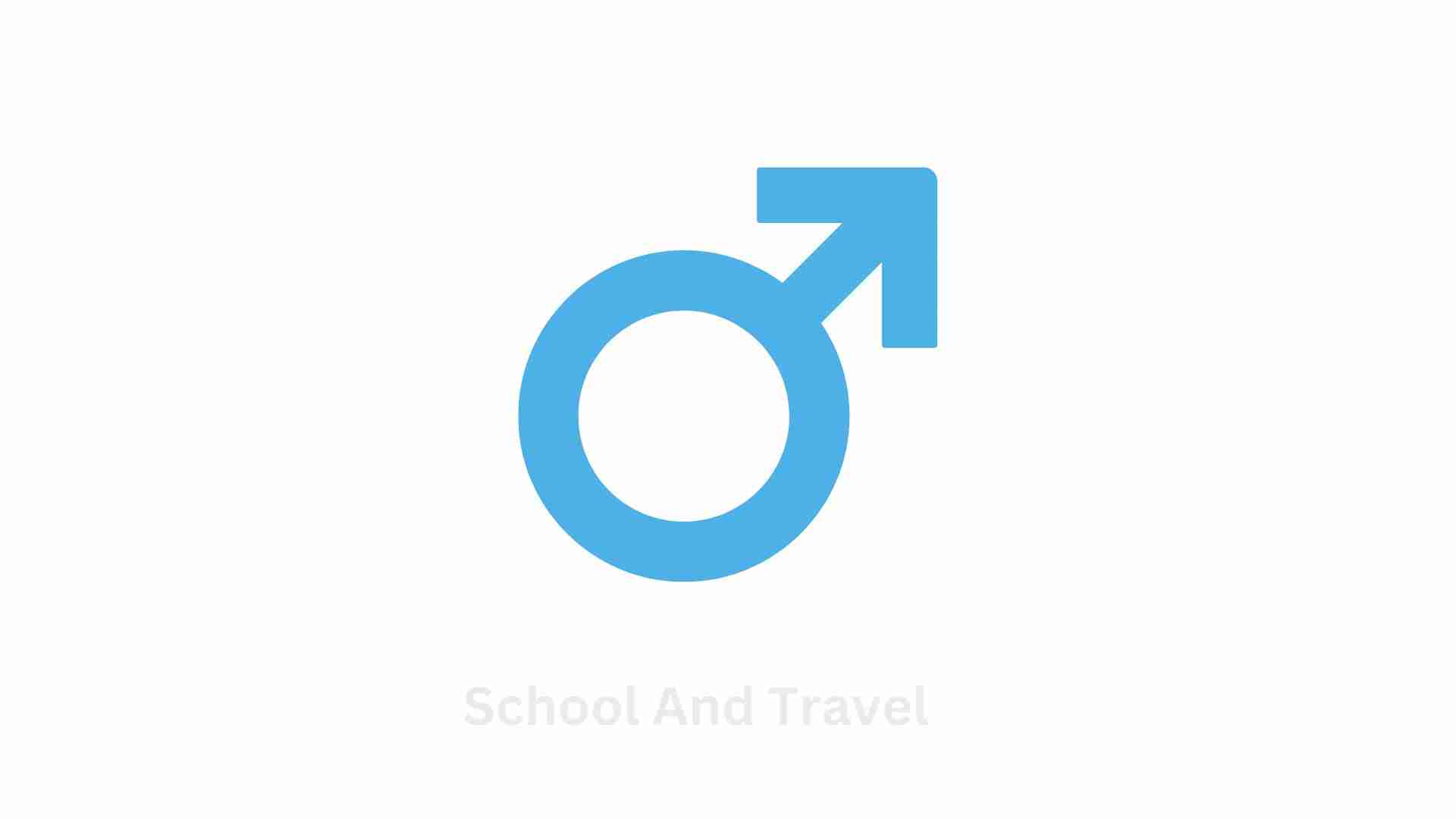Best Banks for College Students: One of the most important decisions a student should take while on the verge of attending college is the choice of which bank to operate with while in college.
Banking with the appropriate financial institution might significantly impact a student who is constantly busy with school work, among other things.
For this reason, we have compiled a list of the best student banks based on convenience, affordability, and flexibility to assist students in finding the best fit for their financial situations.
What is a Student Bank Account?
A student bank account is simply a checking account or savings account. This account is offered to students by a bank, credit union, or other financial organization.
Student accounts can sometimes offer lower costs and unique features tailored to satisfy the specific requirements of the student’s financial situation.
A checking or savings account can be a secure and convenient place to deposit money that you do not intend to spend right away.
This includes money that you receive in the form of financial aid. You have the opportunity to earn interest on your deposits when you use a savings account.
You can write checks, make purchases with a debit card, and utilize automated teller machines (ATMs) to deposit cash, withdraw cash, or deposit checks when you have a checking account.
Read more: 15 Online Schools that give Refund Checks and Laptops
More so, online banking and mobile apps are available for most checking and savings accounts.
These capabilities enable you to utilize a computer, laptop, or mobile device that is connected to the internet to check the balance of your accounts, deposit checks remotely, make payments, and send money to other individuals, among other things.
If you have a checking account and a savings account with the same bank, you can link the two accounts through the checking account and electronically transfer money from the savings account to the checking account.
Some banks often maintain affiliate partnerships with various educational institutions, including colleges and high schools.
Because of these ties, the participating banks have exclusive access to promote their student accounts and other financial products to the institution’s students.
Read more:
- 10 Best Online Colleges That Pay You to Attend (Degrees, FAQs)
- 15 Online Schools that give Refund Checks and Laptops
What are the Advantages of Having a Bank Account for Students?
Students who have bank accounts enjoy several significant perks.
The minimum deposit requirements are lower, which makes it much simpler to open and continue to keep these accounts.
The majority of student checking accounts do not charge monthly maintenance costs, and many of these accounts also do not charge ATM fees or penalize students for overdrafts.
Because of incentives like these, students can learn how to handle their money without the risk of having even little mistakes put them back.
Last but not least, to assist students in developing their skills in managing their finances, many banks go to great lengths to provide budgeting tools, educational apps, and educational content to account holders who are students.
Read more: How To Get Paid To Be An Online Girlfriend (Websites, Tips, FAQs)
How Do You Open a Bank Account If You Are a College Student?
Obtaining a student account is very similar to opening a standard bank account; the only difference is that opening a student account takes a little bit of additional identification, specifically verification that the individual is enrolled in a college.
These are the requirements for a college student bank account:
- A current and valid student ID that includes a photo.
- Transcript from your school.
- Admission letter from your college.
In addition, just like with any other account, you will need a government-issued ID (such as a driver’s license or passport) and your Social Security number.
Read more: Top 10 Best Education systems in the World
When happens to your Student Bank Account after School?
When a student reaches a predetermined milestone in life, such as graduating from college or reaching a certain age, their student checking account will typically be automatically upgraded to a standard checking account by the bank.
However, if it takes the student longer than four years to graduate, the bank may request evidence that the student is still enrolled to keep the student’s bank account open.
Read more: 12 Ways to Get Paid to go to School (Online/Offline)
What Banks serve the Best for College Students?
Many banks and other financial institutions provide deposit accounts specifically for college students. A few are excellent, but most of them are not.
When searching for a new banking service as a college student, you should look for accounts that have the following features:
- No or easily avoided monthly fees.
- Solid overdraft policies.
- Good interest rates.
- Extensive ATM networks.
- Online banking.
The following banks provide customers with banking options that include all or the majority of the features listed above:
Chase Bank:
Account Type: Chase Bank College Checking Account
The Chase Bank College Checking Account provides all the necessary capabilities for a college student to conduct financial transactions.
The Chase College Checking Account does not charge a monthly maintenance fee to college students between the ages of 17 and 24 until after completing their education (up to five years after opening the account).
The eligibility requirements for the Chase sign-on incentive of $100 includes that the student must make 10 qualifying transactions (including direct deposits, debit card purchases, and online bill payments) within the first 60 days after opening their account.
Additionally, the student must enroll in paperless statements.
The fact that Chase has over 4,700 branches and 16,000 ATMs around the country contributes to the company’s attraction.
Students who will be attending schools in other states should feel confident that they will be able to access their Chase student account both on campus and from home, and they should also feel confident that they will be able to find a Chase ATM to avoid any cost charges.
Nevertheless, despite the vastness of its presence, Chase does not have any locations in the states of Alaska or Hawaii.
Read more: Top 10 Cheap online colleges without Application Fee
Capital One Bank:
Account Type: Capital One Money Account
As an excellent choice for students under 18, the Capital One money Teen Checking account is available to student customers beginning at the tender age of eight years old.
Students get a debit card in their name that is also free of charge, and there are no minimum balances or monthly fees associated with the account.
Stduent account holders have access to their cash virtually everywhere because of the more than 70,000 fee-free ATMs offered by Capital One and its partners.
The best part about the account is that it offers an annual percentage yield of 0.10 percent on all balances, allowing even high school students to understand the value of saving money.
More so, the parents are co-owners of the account, which means they have access to transaction history and can get account-related warnings through text messages.
They can also link their bank account (even if it isn’t with Capital One) to the money account to transfer either a recurring allowance or a one-time amount of money.
Even though this is an excellent account for teenagers under 18, there is no requirement that the account is closed or rolled over when the account holder turns 18.
However, account-holders do have the option of starting their own Capital One 360 Checking account and transferring some or all of their existing balance onto that account.
Read more: How to Prepare for a Competitive Exam (FAQs, Tips & Tricks)
PNC:
Account Type: PNC Virtual Wallet Student Account
When the PNC Virtual Wallet Student Account is started online, there is no requirement for a minimum deposit, and the monthly service cost is waived for as long as a student is actively enrolled in school (up to a maximum of six years).
In addition, the PNC Virtual Wallet provides its users with three accounts:
- Spend, which is a primary checking account;
- Reserve, which is a checking account that earns interest; and
- Growth, which is savings account for the long term.
A student will have an easier time managing their expenses, developing their financial goals, and planning their spending and saving with the help of these accounts, their interactive mobile capabilities, and the online educational articles provided by PNC.
PNC also provides its customers with several one-of-a-kind benefits, such as an automatic refund as a courtesy of an overdraft fee on the first overdraft, one free incoming wire transfer per statement, and ATM fee reimbursement for any fees levied by other banks per statement period, up to $5.
In addition, PNC offers several competitive interest rates on personal and business checking accounts.
Bank of America:
Account Type: Bank of America Advantage Banking
The Advantage Banking program offered by Bank of America is a standard checking account that exempts college students under the age of 25 from paying the standard monthly maintenance cost (including those enrolled in high school and vocational programs).
Accordingly, when opening an Advantage SafeBalance or Advantage Plus account, a minimum deposit of either $25 or $100 is required.
In addition to this perk, this account is particularly useful for beginning savers due to its customizable account alerts for email and text messages and its interactive spending and budgeting tool, which enables account holders to create a budget and track their spending as other financial habits.
Read more:
- How do Radio Stations Make Money? (Step by Step, Promotion)
- How Much Money is in an ATM? (Maximum, Loading, Limits)
- How do Churches make money? | $5k -$1m
Trust:
Account Type: Trust Student Checking Account
The Trust Student Checking Account is designed for students who are less than 23 years old.
Because there is no requirement for a minimum deposit, there is no necessity for a monthly fee, and there is no requirement for a direct deposit, maintaining funds in this account comes at a low cost.
However, overdraft fees are typically quite expensive unless the customer chooses to opt-out of Overdraft Review to avoid these expenses.
Read more: How to Prepare for a Competitive Exam (FAQs, Tips & Tricks)
Frequently Asked Questions on Best Bank for College Students:
Compared to other student checking accounts, the Wells Fargo Student Checking Account is simple. It provides essential features without any extraneous frills. If you’re able to meet the monthly fee waiver conditions, it’s not a bad option.
Chase offers a solid basic checking account, but its savings rates are often low and it is difficult to avoid paying some fees. Customers who want access to a large number of branches, are not seeking the greatest interest rates and can maintain a sufficient balance to avoid a monthly fee are ideal candidates.
Citibank: up to $1,500 bonus.
PNC Bank: up to $400 bonus.
BMO Harris: up to $350 bonus.
M&T Bank: up to $250 bonus.
Monifi: $250 bonus.
The reason is because there is no monthly service fee for up to 5 years while in college.
Conclusion:
Be sure to consider your requirements as a banking customer, as this is the essential step in picking a bank for college.
As a college student, you probably don’t need much, but it’s important to think about what features are most important to you before you choose a bank account.
For instance, if you use automated teller machines (ATMs) rather often, you should think about the possibility of incurring ATM fees.
Awesome one; I hope this article answered your question.
Editor’s Recommendations:
- What do Capital Goods Jobs Pay? (FAQs)
- 13 Popular/Best Paying Jobs in Metal Fabrication (FAQs)
- How To Get A Physical Education Degree Online
- Top 5 Online Computer Courses for Teens
Share with a friend.



